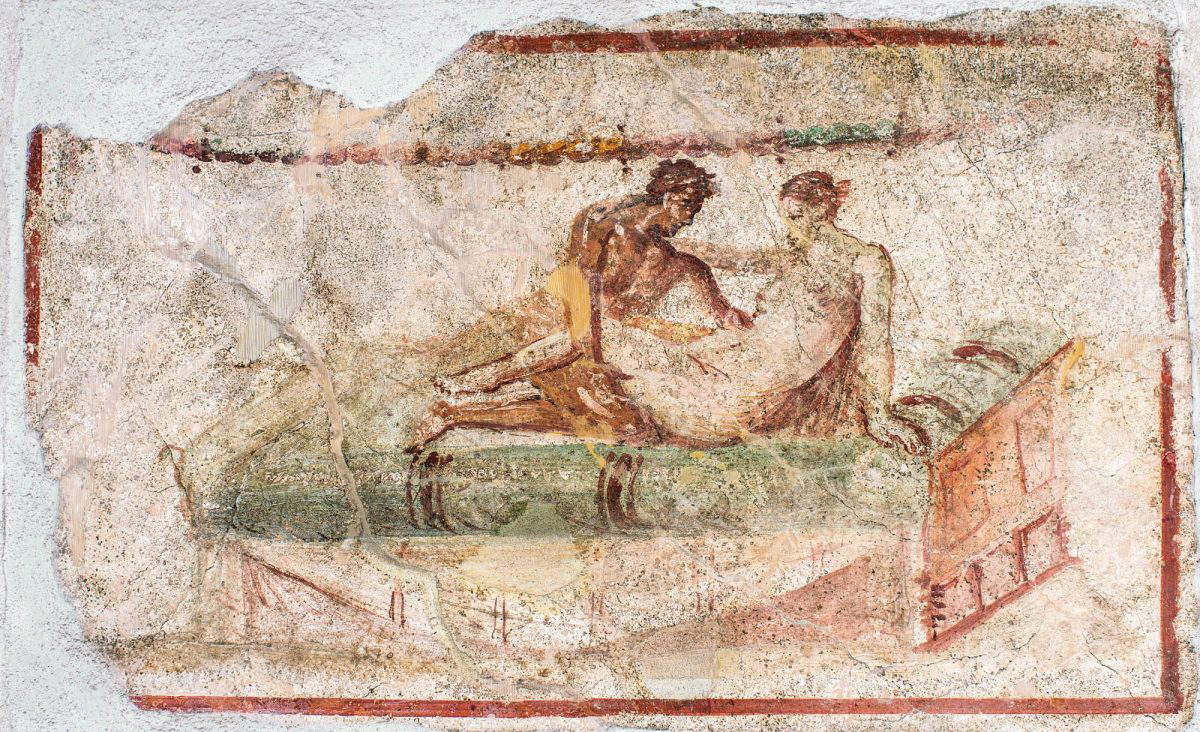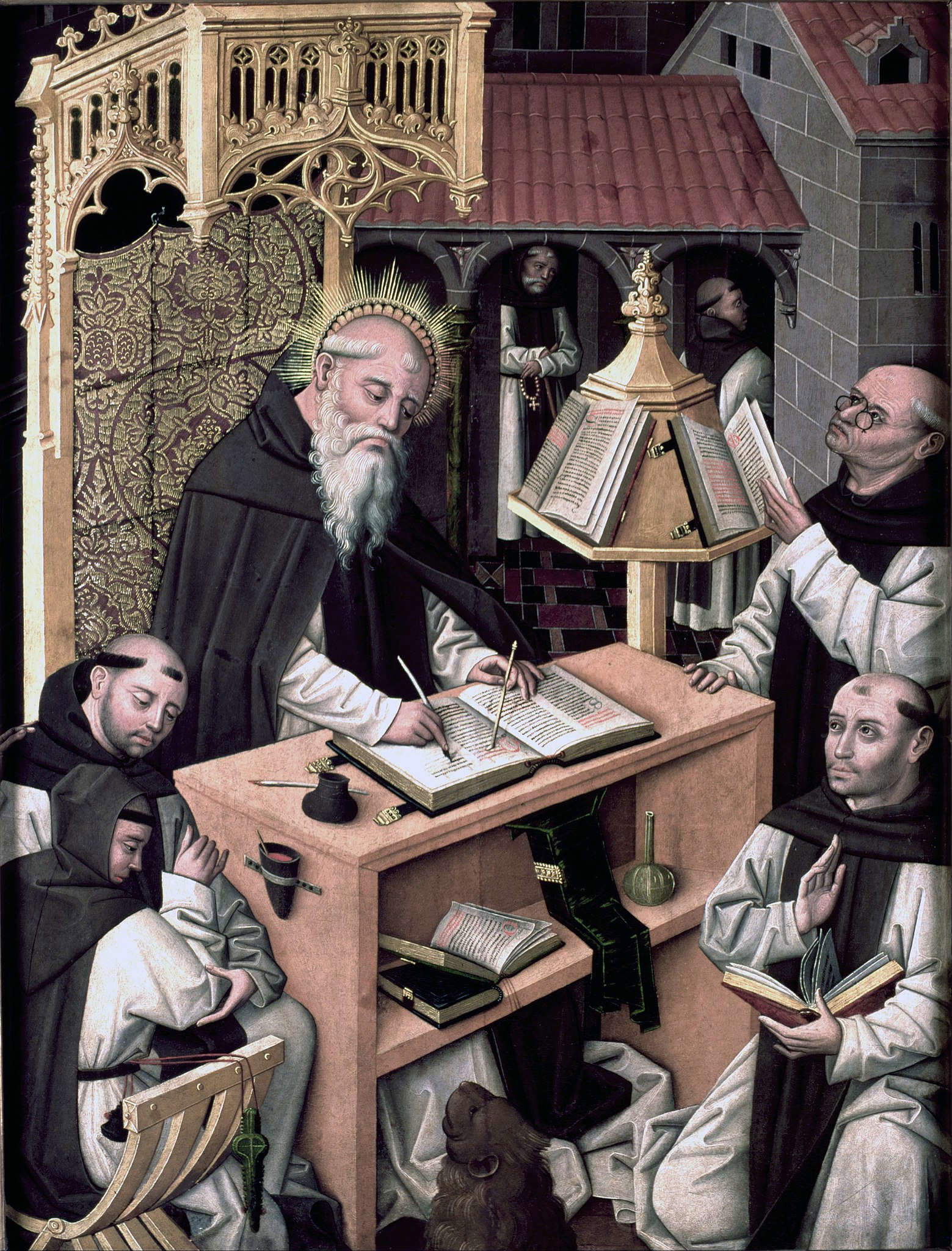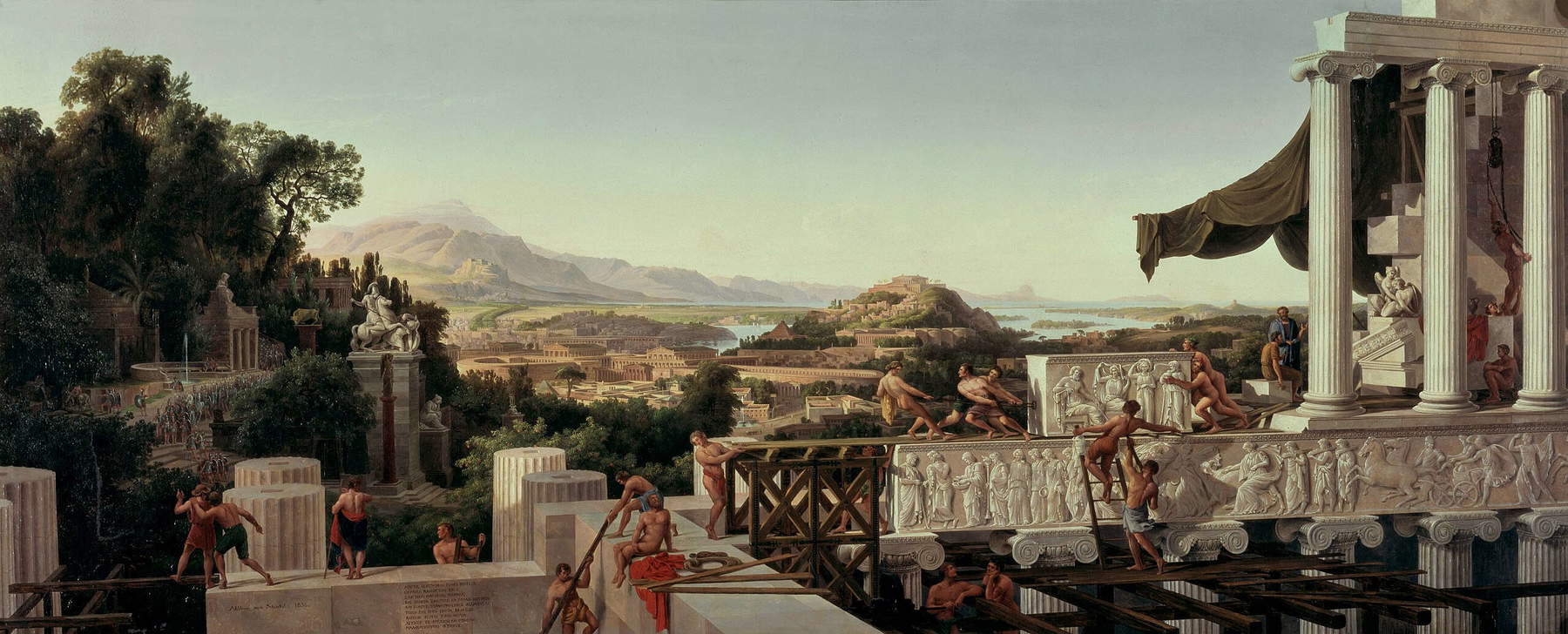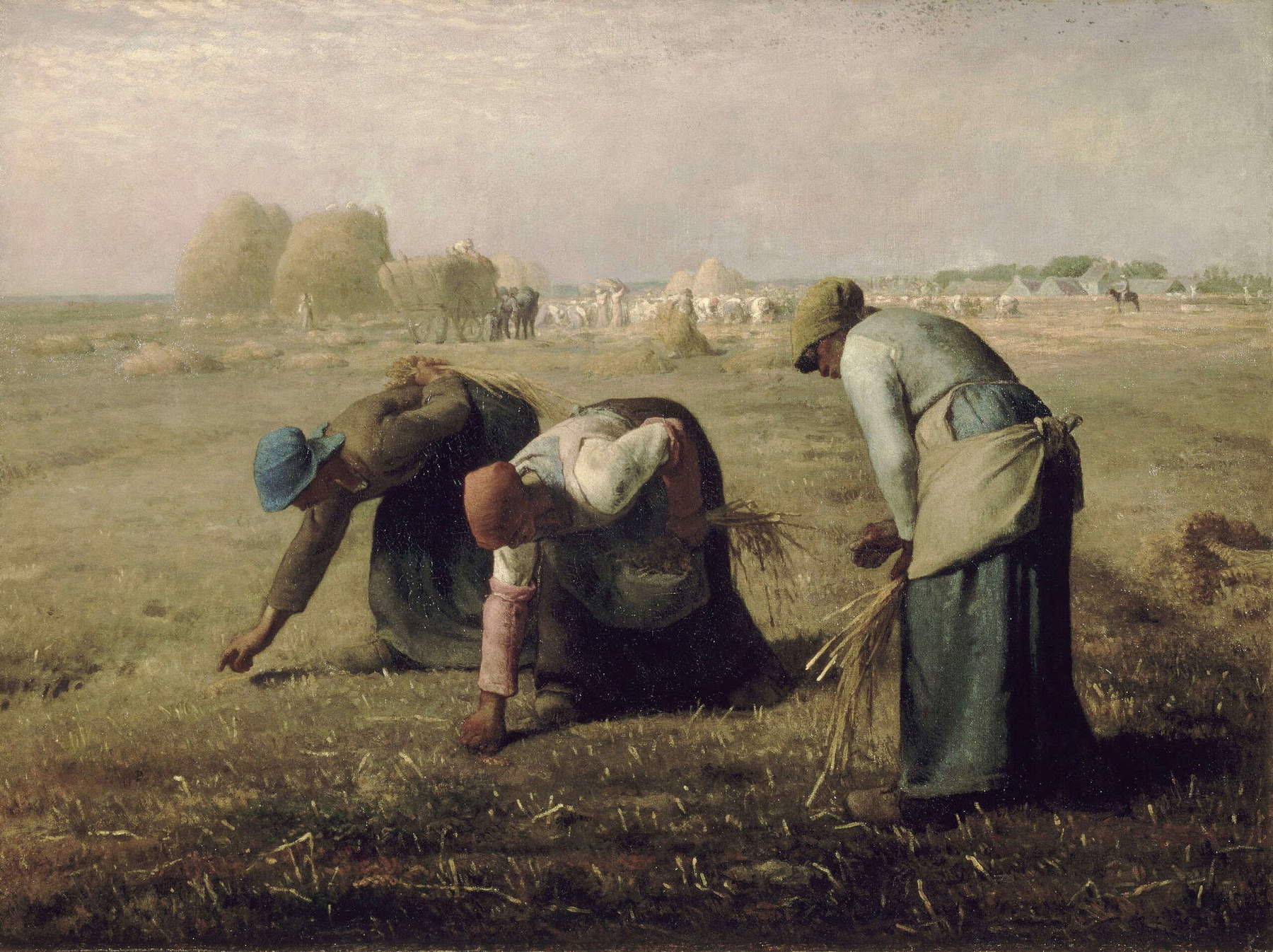May 1 has witnessed many significant and revolutionary events. Known as Workers ’ Day or Labor Day, the day commemorates workers’ struggle for better working conditions, union rights and a more equitable distribution of wealth. Its origins date back to the movement to reduce working hours, with the demand for the eight-hour workday. One of the pivotal moments that helped solidify the May 1 celebration was the Haymarket Massacre that occurred in Chicago in 1886. During a peaceful demonstration for the eight-hour day, clashes broke out between police and protesters, resulting in a bomb explosion and the deaths of several police officers and protesters(detailed story in this article). The event drew international attention to the workers’ cause and helped promote the struggle for workers’ rights around the world. However, despite the progress made over the years, many challenges still remain for workers around the world. Economic insecurity, job insecurity and lack of social protection are just a few of the issues that continue to be at the center of the debate on the future of work. Moreover, with the advent of globalization and new technologies, new challenges and opportunities for workers are emerging. The increasing automation and digitization of work raise questions about job losses but also about the need for new policies and strategies to ensure an equitable and inclusive evolution toward a digital economy.
To mark May 1, here is a collection of ten works of art that explore the theme of trades and work, from ancient Egypt to the 20th century. The selection offers a look at the different facets of the world of work through the centuries, highlighting both the practical importance and symbolic significance that work has had in art history.
In these 14th-century B.C.E. tomb frescoes inAncient Egypt, artisans collaborate closely, creating ornamental pottery, sculpture, hieroglyphics, and jewelry intended to adorn the tombs of pharaohs and dignitaries. The shared act of creating art is immortalized in the environment that welcomes the fruit of their efforts, despite the fact that their high-class patrons viewed the artisans not with all the respect that was due them. Ancient Egyptian artisans were the forerunners of the strike in labor history, an event attested in a royal necropolis near their settlement at Deir el-Medina. Although there are no visual representations of the strike, a papyrus document, probably written by the scribe Amennakht, records the words of the artisans, “The threat of hunger and thirst drove us to this.”

Depictions of artists at work are rare in ancient artworks, but ceramics offer a glimpse into an often overlooked craft. The Apulian columnar crater from about 350 B.C., housed at the Metropolitan Museum of Art in New York, is part of the Italiote red-figure pottery and is made of purified clay modeled on a potter’s wheel. In the load-bearing scene of the vase we observe, inside a temple (we can tell by the column and the phiale, a ritual vase that the ancient Greeks hung, precisely, in temples), a sculptor working on a sculpture placed on a high plinth that depicts a hero wearing a lion skin (we see the artist arranging the details of the mane, aided by one of his collaborators), with some deities watching from above. So here is Zeus, the king of the gods, and Nike, the goddess of victory, recognizable by her large wings. On the lower right, Heracles himself, young and beardless, appears behind the artist (we recognize him by his club). The demigod stops and observes in astonishment the creation of the statue, since the effigy... is himself: the sculpture, armed with club, bow, and lion skin, is in fact identifiable as a statue of Heracles.

The Lupanare, discovered in Pompeii in 1862, appears as a building consisting of three entrances and two distinct floors. The lower floor housed five small cells equipped with masonry beds and a latrine, while the upper floor contained additional rooms accessible by a staircase overlooking the alley. The rooms were divided by curtains and adorned with erotic paintings. The 36 graffiti found on the walls of the lower floor attest to the building’s use as a place of prostitution: the women who worked in this postribulum were mainly slaves of Greek and oriental origin, and the price of their services, according to the findings of Pompeii Archaeological Park scholars, ranged between two and eight aces (in the time of Augustus, thus a few decades before Pompeii was destroyed, two aces allowed one to buy a liter of wine or a kilo of bread, while a tunic could cost twelve sesterces, or forty-eight aces). The term “Lupanare” comes from “lupa,” a Latin word uilized to mean prostitute. The erotic graffiti on the walls, depict the prostitutes of the time. Their social and legal status was marked by widespread marginalization.

The Maciejowski Bible, an illuminated medieval manuscript, consists of 46 folios and was masterfully decorated by Northern European French artists in about 1250. The third sheet of the text depicts the story of the people of Babel, intent on building a colossal city and a sky-defying tower. The Lord, indignant at their inordinate pride, confuses the language of the men, thus interrupting their ambitious plans. Discord spreads, work stops, and the builders scatter to the four corners of the earth. In this miniature we see an example of how building was done in the Middle Ages. We can see ingenious lifting systems, such as pulleys, operated by men inside wooden wheels. At the foot of the tower, a number of workers are busy preparing the stone blocks, which are carried on a kind of litter equipped with straps to distribute the weight. One mason, placed on a ladder, carries a container of lime on his back, while another employs a smaller-sized hammer to precisely arrange the stones. This depiction offers a glimpse into the techniques and tools used in the construction of monumental architectural works. After the fall of the Western Roman Empire in the fifth century AD, building suffered a decline, only to revive from the ninth century onward. The peak of this revival occurred between the 12th and 16th centuries, the golden age of master masons. Many of them learned the art in the field: however, beginning in the 13th century, the custom of taking in apprentices became widespread, thus making the training process more formal. While the rudiments of the trade were learned directly from the quarries, the more refined techniques were passed on directly at the work site, testifying to the skill of the guild.

Between 1480 and 1490, the Master of Parral painted a vivid picture of monastic life in the work depicting St. Jerome working on his translation of the Vulgate, surrounded by his devoted disciples, inside the scriptorium of a monastery. The monks, figures who reflect in the Benedictine order’s concept of “ora et labora,” are depicted absorbed in their work, combining prayer and manual effort. The work is now housed at the Museo Lázaro Galdiano in Madrid. Monasteries had spaces dedicated to the valuable activity of transcribing manuscripts. Here, amanuensis monks devoted themselves to copying sacred texts and classics of antiquity. Each copyist could be assigned to transcribe an entire manuscript or parts of it, following the dictations of the armarius or librarian. In the art of copying there was a division of labor: copyists would leave blank spaces for initials, titles, and illustrations, which would then be completed by miniaturists and illuminators. The latter would enrich the miniatures with gold brushstrokes, giving them a special luster. In paintings depicting them, copyists are often depicted with tools such as penknives, used to sharpen pens or correct any errors on the parchment. The preparation of pens, essential tools for writing, was a painstaking process. Bird feathers were first moistened and then hardened under hot sand, and then carefully sharpened. These details offer a vivid picture of the practices and tools employed in the art of medieval writing and underscore the patience required to create the manuscripts of the time.

In 1836, August Wilhelm Julius Ahlborn (Hanover, 1796 - Rome, 1857) painted A Glimpse of the Golden Age of Greece, copied in 1836 from the 1825 original by Karl Friedrich Schinkel. The painting depicts an idyllic Greek cityscape where naked heroes build an Ionic temple with a double row of columns. The procession on the temple frieze recalls the Parthenon, capturing the moment when the last block of marble is placed with great effort. The design for the columns is inspired by antiquity, as workers pause to observe soldiers returning from war. Schinkel saw the construction of a temple as the culmination of an orderly society and the symbol of an improved world order. His architectural design for a new Athens in Berlin reflected this view. In his plans for the columned hall of the Lustgarten museum, he employed the same style as this temple. The central monument recalls Albert Wolff ’s Fighting Lion and August Kiß’sAmazon , featured on the stairs of the Altes Museum. Schinkel’s original version of the painting was lost, but it was preserved by Wilhelm Ahlborn, who made two copies in 1826 and 1836. Today it is on display at the Nationalgalerie, Staatliche Museen, Berlin.

Dealing with one of Jean-François Millet ’s (Gréville-Hague, 1814 - Barbizon, 1875) favorite subjects, peasant life, this 1857 painting exhibited at the Musée d’Orsay in Paris is the culmination of a decade of research on the theme of the Gleaners. These women represent the rural working class, and could be encountered as they quickly roamed the fields at dusk to pick up, one by one, the ears of corn left by the reapers. The painter depicts them in the foreground: three figures are in the foreground, illustrating the three stages of the hard, repetitive task: stooping, picking up the ears of corn, and getting up again. Their simplicity contrasts with the abundant harvest in the background: haystacks, sheaves of wheat, a wagon, and a crowd of industrious reapers. The light of the setting sun emphasizes the volumes in the foreground, giving the gleaners a sculptural appearance and highlighting details such as their hands, necks, shoulders, and backs, as well as the bright colors of their clothing. The lone horseback man on the right is probably a person charged with overseeing the work of the estate and enforcing the rules on the gleaners. His presence emphasizes social distance and calls to mind the landowners he represents. Without resorting to picturesque details, Millet gives these undoubtedly poor but equally dignified gleaners an emblematic value, devoid of any rhetoric.

Completed in 1885 after a lengthy process of preliminary sketches, The Potato E aters by Vincent van Gogh (Zundert, 1853 - Auvers-sur-Oise, 1890), exhibited at the Van Gogh Museum in Amsterdam, is an oil-on-canvas painting depicting a modest hut where five peasants enjoy a measured meal of potatoes and black coffee. The atmosphere is somber, barely lit by a small oil lamp hanging in the center of the room. Despite the dim lighting, the viewer’s eyes are drawn to the details that particularly fascinated Van Gogh at the time. Hands marred by work in the fields and faces marked by fatigue are clearly visible, direct evidence of the long hours spent under the scorching sun. The feeling of misery and desolation is accentuated by the almost monochromatic palette used by Vincent, composed mainly of earthy tones such as ochre, brown, brown, black, and green. Like his master Jean-François Millet, Van Gogh aspired to be an authentic peasant painter. This meant painting his subjects with deep realism, without falling into sentimentality. Van Gogh described those peasants as conducting “a way of life completely different from ours, from that of civilized people.” The Dutch artist therefore strove to capture the essence of those faces, “the color of a good dusty potato, unpeeled in its natural state,” conveying the idea that those individuals had “used the same hands with which they now take food from the plate to dig up the earth and earn an honest meal.”

The canvas painted by Giuseppe Pellizza da Vol pedo (Volpedo, 1868 - 1907) between 1868 and 1902, now on display at the Galleria d’Arte Moderna in Milan after having been in the Museo del Novecento for a long time, is the result of a decades-long creative process. The dignity of the workers is manifested through eloquent poses and gestures that recall Renaissance models such as those of Raphael and Michelangelo. The Fourth Estate has the explicit intent of documenting the claims of Italy at the end of the 19th century, taking its name from the term used during the French Revolution to refer to the subordinate popular strata, the “fourth state,” alongside the bourgeoisie (the third state), later adopted to represent the working class during the Industrial Revolution. Pellizza da Volpedo, in making this painting, confronted his friend Angelo Morbelli on socialist political theories and Italian pointillism. This universal work is fundamental to Italian and world art history, assuming increasing importance over time, in part due to its diffusion in mass culture, symbolizing proletarian claims. The advance of the procession is depicted in a nonviolent manner, with Pellizza aiming to portray a mass of workers moving slowly toward victory. The figures of the peasants are arranged horizontally, recalling both the classicism of the frieze and realistically a street demonstration, directly inspired by masterpieces such as Leonardo’s The Last Supper.

Lunch atop a Skyscraper is an iconic photograph taken in 1932 during the construction of 30 Rockefeller Plaza in New York City’s Rockefeller Center. Although attributed to Charles C. Ebbets, there is actually uncertainty among historians about the real photographer, as others such as William Leftwich and Thomas Kelley were present that day and may have similarly taken the photograph. The photo captures eleven workers sitting on a steel beam hundreds of feet above the city. Taken on September 20, 1932, it was published by the New York Herald Tribune in its Sunday photo supplement of October 2, 1932. A later photo, Resting on a Girder, shows them lying on the beam on the 69th floor of 30 Rockefeller Plaza. Their identities remain unknown, but they were probably European immigrants, often employed in construction at the time. These images, during the Great Depression with millions unemployed, conveyed an optimistic vision of an expanding New York, bringing hope of rebirth to the country.

Warning: the translation into English of the original Italian article was created using automatic tools. We undertake to review all articles, but we do not guarantee the total absence of inaccuracies in the translation due to the program. You can find the original by clicking on the ITA button. If you find any mistake,please contact us.